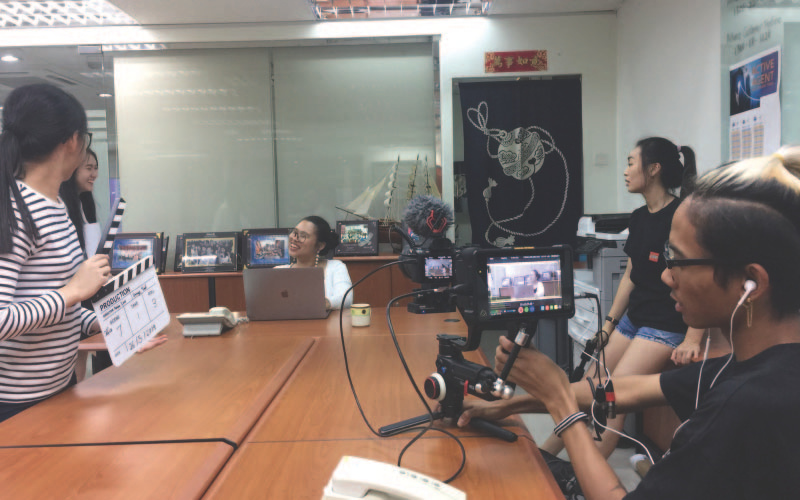It's exciting to be able to experience handling a camera, understand how to conduct easy editing for your film, allow your imaginative energy to flow through your work, and lead your team. But have you ever considered starting your line of work to demonstrate your abilities before stepping into the field?
Many of us, myself included, never thought about what’s needed to create films or videos to show what we’re capable of. In fact, we only start thinking of it at the end of the semester when we rush through our final year project. Leaving a project of that magnitude right to the end of the semester seems pretty last minute right? That’s because it is! To be honest, I didn’t realise the importance of getting a headstart in creating and understanding more films and movies until I reached semester 4 of my degree!
So, to prevent this from happening to you too, here are 5 tips about broadcasting to give you a head start and better understand why we’re taught certain things throughout our years.



